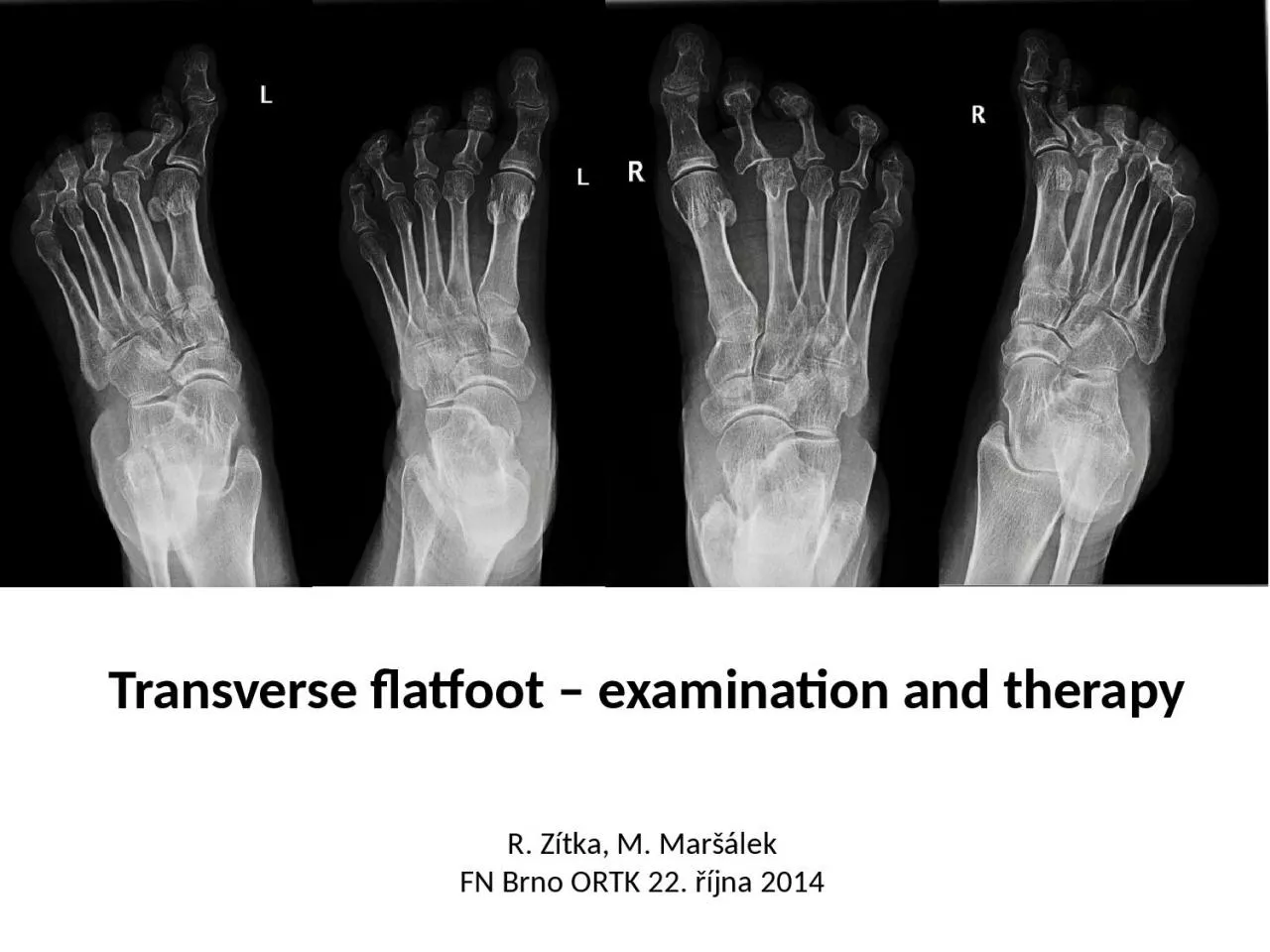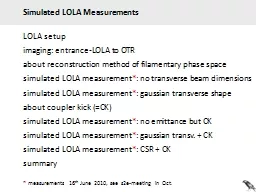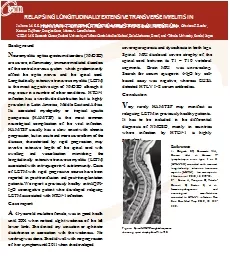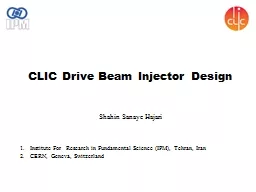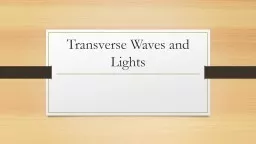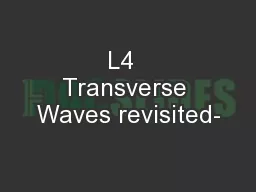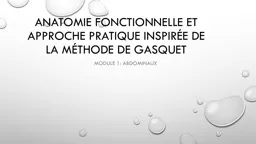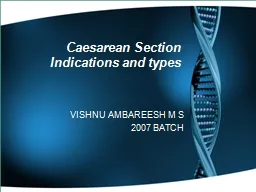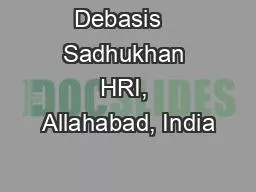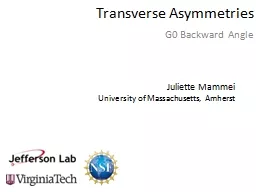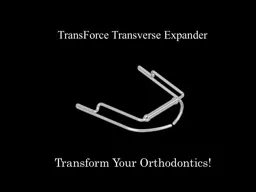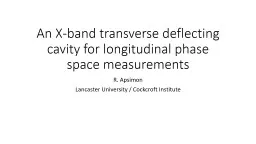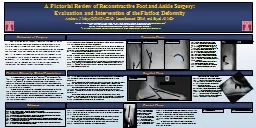PPT-Transverse flatfoot –
Author : sadie | Published Date : 2024-02-03
examination and therapy arapptxBodypsppsppnvSpPrpcNvPr id10 nameTextovéPole 9pcNvSpPr txBox1pnvPrpnvSpPrpspPraxfrmaoff x3203848 y5877272aext cx2893100 cy646331axfrmaprstGeom
Presentation Embed Code
Download Presentation
Download Presentation The PPT/PDF document "Transverse flatfoot –" is the property of its rightful owner. Permission is granted to download and print the materials on this website for personal, non-commercial use only, and to display it on your personal computer provided you do not modify the materials and that you retain all copyright notices contained in the materials. By downloading content from our website, you accept the terms of this agreement.
Transverse flatfoot –: Transcript
Download Rules Of Document
"Transverse flatfoot –"The content belongs to its owner. You may download and print it for personal use, without modification, and keep all copyright notices. By downloading, you agree to these terms.
Related Documents

